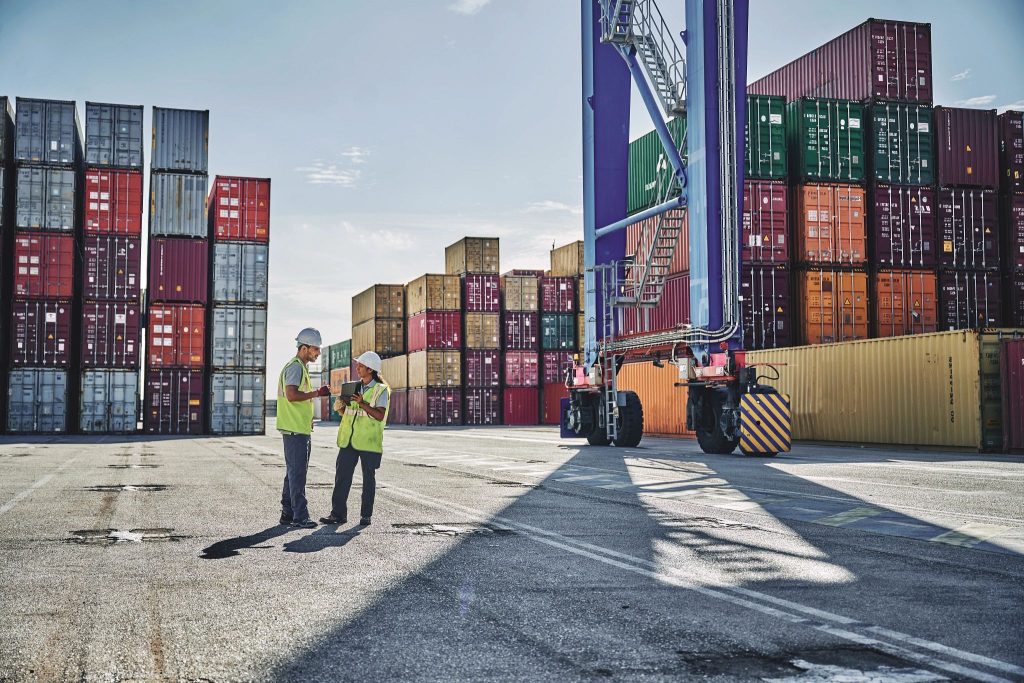The COVID-19 pandemic brought to light a major issue that had long been brewing under the surface—global supply chains are fragile. The interconnectedness of economies, businesses, and industries means that disruptions in one part of the world can have cascading effects across the globe. From delays in shipments to shortages of critical goods, the recent disruptions in global trade have made it painfully clear that supply chains are far more vulnerable than previously thought. As a result, businesses, governments, and industry leaders are scrambling to devise strategies to build more resilient supply chains that can withstand future crises.
This article examines the vulnerabilities exposed by recent events, explores strategies for building more resilient supply chains, analyzes the role of technology and diversification, and offers policy recommendations for governments and businesses to prepare for the next crisis.
Examination of Vulnerabilities Exposed by Recent Events
Global supply chains, which rely on efficiency and cost-effectiveness, have traditionally been optimized to minimize waste and reduce costs. However, this model has proven to be highly susceptible to disruptions. The COVID-19 pandemic, along with the trade tensions, natural disasters, and political instability that have followed, has exposed a number of key vulnerabilities that undermine the integrity of these global networks.
Over-Reliance on Single Suppliers and Geographies
One of the most glaring issues revealed during the pandemic was the over-reliance on single suppliers or specific regions for critical components. For example, many manufacturers were heavily dependent on China for electronics, textiles, and essential raw materials. When China faced lockdowns, these supply chains ground to a halt. Similarly, countries that rely on a single source of energy, like oil from the Middle East, found themselves vulnerable to sudden disruptions in supply.
The disruption of the semiconductor supply chain, which has affected industries ranging from automotive to consumer electronics, underscores the dangers of single-source dependency. This over-reliance on specific geographies or suppliers creates bottlenecks that, when disrupted, have far-reaching consequences.
Lack of Flexibility and Transparency
Another significant vulnerability is the lack of flexibility within many supply chains. Companies have spent years fine-tuning their operations to maximize efficiency, often at the expense of adaptability. When a sudden disruption occurs—be it a pandemic, natural disaster, or trade war—the inability to quickly pivot or adapt to new conditions can lead to prolonged delays or shortages.
Additionally, the lack of transparency within supply chains makes it difficult for companies to quickly assess the full scope of a disruption. In many cases, businesses rely on third-party suppliers who may not have the same visibility into the status of their own supply chains, further compounding the problem.
Dependence on Just-in-Time Inventory
The just-in-time (JIT) inventory model, which has been widely adopted for its cost-cutting benefits, also contributed to vulnerabilities during the pandemic. JIT systems are designed to minimize stockpiles and reduce inventory costs by ordering supplies only as they are needed. However, during periods of high demand or disruption, this model leaves little room for error. When supply chains are disrupted, businesses have no buffer stock to fall back on, leading to shortages and delays.
Strategies for Building More Resilient Supply Chains
Given the vulnerabilities exposed by recent crises, businesses must rethink their approach to supply chain management. Building more resilient supply chains requires strategies that focus on flexibility, diversification, and redundancy.
Diversification of Suppliers and Sourcing
The most obvious strategy for increasing supply chain resilience is diversification. Rather than relying on a single supplier or geographic region, businesses should consider multiple sources for key components. This diversification can include sourcing from different countries or even different continents, depending on the critical nature of the goods.
For instance, companies might diversify their sourcing of critical raw materials, such as rare earth metals, from multiple countries, rather than relying on one dominant supplier. The automotive industry, which has been particularly hard-hit by semiconductor shortages, can explore multiple suppliers to ensure a steady flow of components. Diversification also extends to transportation routes, where having alternative shipping options and air, land, and sea routes can mitigate disruptions caused by port congestion or transportation strikes.
Onshoring and Nearshoring
While globalization has driven the trend of offshoring manufacturing to countries with lower labor costs, recent events have prompted many businesses to consider bringing production closer to home. This strategy, known as onshoring or nearshoring, can help reduce dependence on distant suppliers and minimize shipping delays caused by long-distance transportation.
For instance, the U.S. has seen a resurgence in discussions around reshoring critical industries, particularly pharmaceuticals, medical equipment, and semiconductors. Similarly, European nations are exploring ways to bring manufacturing back to the continent to reduce dependency on external suppliers, particularly from Asia.
Nearshoring to nearby countries that share similar economic characteristics can also provide a more flexible and resilient option. This allows businesses to benefit from lower labor costs without the significant risk associated with offshoring to distant countries.
Adopting Agile and Adaptive Models
Supply chains need to be more agile and adaptive in order to respond quickly to unforeseen events. This can be achieved through better demand forecasting, improved real-time tracking, and more flexible logistics networks. Agile supply chains are designed to be flexible, able to pivot quickly in response to market changes or disruptions.
One way to build agility into supply chains is by investing in technology and data analytics. By utilizing advanced data analytics and machine learning, businesses can predict disruptions before they occur and adjust their supply chain operations accordingly. Real-time tracking of inventory, shipments, and suppliers can help identify potential bottlenecks early, allowing businesses to take corrective actions.

Role of Technology and Diversification
Technology plays a pivotal role in enhancing supply chain resilience. The digital transformation of supply chains, which includes the use of artificial intelligence (AI), the Internet of Things (IoT), and blockchain technology, can significantly improve supply chain management.
Artificial Intelligence and Machine Learning
AI and machine learning can be used to optimize forecasting, identify patterns, and predict potential disruptions. By analyzing historical data, weather patterns, geopolitical events, and even social media sentiment, AI can provide businesses with real-time insights into potential risks and allow them to take preventive measures before a disruption occurs.
For instance, AI can help identify trends in consumer demand, enabling businesses to adjust their supply chain operations in advance and prevent stockouts or overproduction. AI can also assist in optimizing transportation routes, reducing delays, and improving overall efficiency.
Blockchain for Transparency and Security
Blockchain technology has the potential to revolutionize supply chain transparency. By providing an immutable, transparent record of every transaction and movement of goods, blockchain can improve traceability, reduce fraud, and enhance trust among supply chain partners. This transparency allows businesses to track the origin of goods, monitor their progress through the supply chain, and ensure that they meet quality and regulatory standards.
In the context of global supply chains, blockchain can also provide a secure way to share information between parties, reducing the risk of fraud and information silos.
Policy Recommendations for Governments and Businesses
Governments and businesses must collaborate to create a policy framework that promotes the resilience of global supply chains while supporting innovation. Some key policy recommendations include:
Investment in Infrastructure
Governments should prioritize investment in infrastructure—both physical and digital—to support more resilient supply chains. This includes upgrading ports, railways, and highways to handle disruptions, as well as investing in digital infrastructure to support real-time tracking and analytics.
Strengthening Trade Agreements
Countries should work together to strengthen trade agreements that ensure the free flow of goods, services, and information. International cooperation is essential for mitigating disruptions caused by protectionist measures or trade wars.
Incentives for Supply Chain Diversification
Governments can incentivize businesses to diversify their supply chains by offering tax breaks, grants, or other financial incentives for reshoring or nearshoring production. Encouraging businesses to spread their operations across multiple countries or regions can reduce the risk of disruptions caused by localized events.
Support for Technological Innovation
Governments should promote the use of technology in supply chain management through research grants, tax incentives, and public-private partnerships. Supporting the adoption of technologies like AI, IoT, and blockchain can help businesses optimize their operations and create more resilient supply chains.
Conclusion
The fragility of global supply chains has been exposed by recent events, and businesses must act now to rebuild more resilient systems that can weather future crises. Diversification, onshoring, agile models, and the adoption of cutting-edge technologies will be crucial in creating supply chains that are flexible, transparent, and robust. Governments and businesses must work together to implement policies that support innovation, infrastructure development, and international cooperation. By doing so, we can ensure that global supply chains are better equipped to handle the challenges of the future.






























